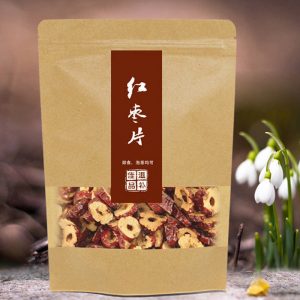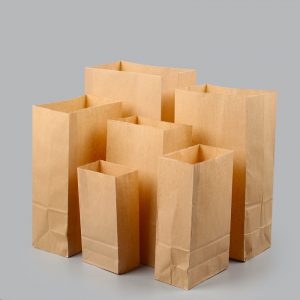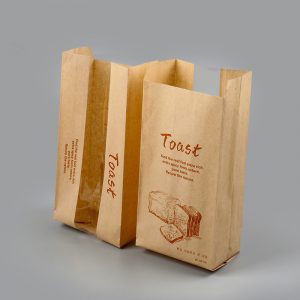Non-woven bag printing process
Non-woven bags generally use screen printing technology, which is often referred to as "silk printing", which has been a common printing process for many manufacturers. Generally, it is artificially printed. Because the printing has odor, the color is not full and easy to fall off, so many new non-woven printing methods have emerged. Here we introduce several mainstream models on the market:
Watermark
It is named for its use of water-based elastic glue as a printing medium. It is more common in textile printing, also called printing. The color paste and the water-based elastic rubber are blended during printing. The printing plate can be washed directly with water without using a chemical solvent. It is characterized by good tinting strength, strong hiding power and fastness, washing resistance, and basically no odor. Generally used for printing: canvas bags, cotton bags.
Gravure printing
The finished product processed in this way is usually called a laminated non-woven bag. The process is divided into two steps, that is, the conventional gravure printing process is used to print the image onto the film, and then the film with the pattern is laminated on the non-woven fabric by a film coating process. Generally, a large-area color pattern printed non-woven bag adopts this process. It is characterized by beautiful printing, full machine production, and short production cycle. In addition, the product has excellent waterproof performance, and the durability of the finished product is better than that of non-woven bags produced by other processes. The film is available in both bright and matt finishes, matte with a matte finish! The product is stylish, durable, full of color, realistic graphics, and the disadvantage is that the price is more expensive.
For more information about Non-woven bags, please pay attention to sinceyoungpackage, if you have any comments on our information, welcome feedback











